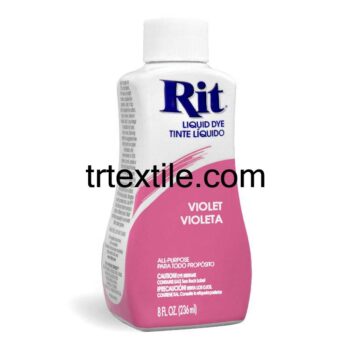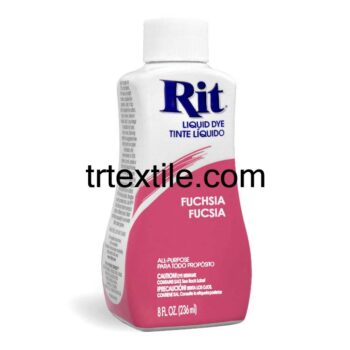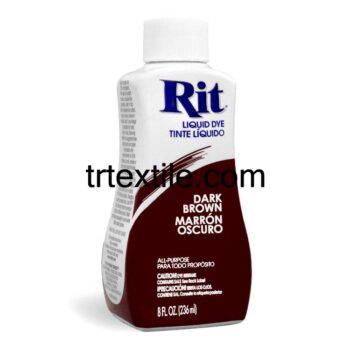-
apple green fabric dye
$14,00Original price was: $14,00.$12,00Current price is: $12,00. -
baby blue fabric dye
$14,00Original price was: $14,00.$12,00Current price is: $12,00. -
black fabric dye
$14,00Original price was: $14,00.$12,00Current price is: $12,00. -
brown fabric dye
$14,00Original price was: $14,00.$12,00Current price is: $12,00. -
cherry fabric dye
$14,00Original price was: $14,00.$12,00Current price is: $12,00. -
cherry red fabric dye
$14,00Original price was: $14,00.$12,00Current price is: $12,00. -
cherry rot fabric dye
$14,00Original price was: $14,00.$12,00Current price is: $12,00. -
cinnamon fabric dye
$14,00Original price was: $14,00.$12,00Current price is: $12,00. -
dark blue fabric dye
$14,00Original price was: $14,00.$12,00Current price is: $12,00. -
dark brown fabric dye
$14,00Original price was: $14,00.$12,00Current price is: $12,00. -
dark green fabric dye
$14,00Original price was: $14,00.$12,00Current price is: $12,00. -
denim mvaisi fabric dye
$14,00Original price was: $14,00.$12,00Current price is: $12,00. -
earth fabric dye
$14,00Original price was: $14,00.$12,00Current price is: $12,00. -
golden yellow fabric dye
$14,00Original price was: $14,00.$12,00Current price is: $12,00. -
lemon yellow fabric dye
$14,00Original price was: $14,00.$12,00Current price is: $12,00. -
matte blue fabric paint
$14,00Original price was: $14,00.$12,00Current price is: $12,00.
Fabric dyes have been used for centuries to add color to textiles, transforming plain fabrics into vibrant works of art. From ancient civilizations to modern fashion designers, fabric dyes have played a crucial role in the world of fashion and design.
The history of fabric dyes can be traced back to ancient Egypt, where natural dyes such as indigo, madder, and saffron were used to color textiles. These dyes were derived from plants, minerals, and insects, and were often labor-intensive to produce. The process of dyeing fabric involved soaking the fabric in a dye bath, which would penetrate the fibers and create a lasting color.
Over time, new dyeing techniques and materials were developed, leading to the creation of synthetic dyes in the 19th century. These dyes were made from chemical compounds and offered a wider range of colors and faster dyeing times than natural dyes. Synthetic dyes revolutionized the textile industry, making it easier and more affordable to produce colorful fabrics on a large scale.
Today, fabric dyes come in a variety of forms, including liquid, powder, and paste. They can be applied to fabrics using different methods, such as immersion dyeing, tie-dyeing, and screen printing. Each method produces unique results and effects, allowing designers and artists to create custom patterns and designs on their fabrics.
There are two main types of fabric dyes: natural and synthetic. Natural dyes are derived from plants, insects, and minerals, and are considered more environmentally friendly than synthetic dyes. However, natural dyes can be less vibrant and less colorfast than synthetic dyes, making them less popular in commercial textile production.
Synthetic dyes, on the other hand, are made from chemical compounds and are known for their vibrant colors and long-lasting properties. They are widely used in the textile industry due to their affordability, availability, and ease of use. However, synthetic dyes can have negative environmental impacts, as they can pollute water sources and harm aquatic life if not properly disposed of.
In recent years, there has been a growing interest in eco-friendly and sustainable fabric dyes. These dyes are made from natural and renewable sources, such as plant extracts and recycled materials, and are free from harmful chemicals and pollutants. Eco-friendly dyes are gaining popularity among consumers who are concerned about the environmental impact of traditional dyeing methods.
Fabric dyes play a crucial role in the world of fashion and design, adding color and personality to textiles and garments. Whether using natural or synthetic dyes, designers and artists have a wide range of options to choose from when creating their fabrics. With advancements in technology and a growing demand for sustainable practices, the future of fabric dyes looks bright.















